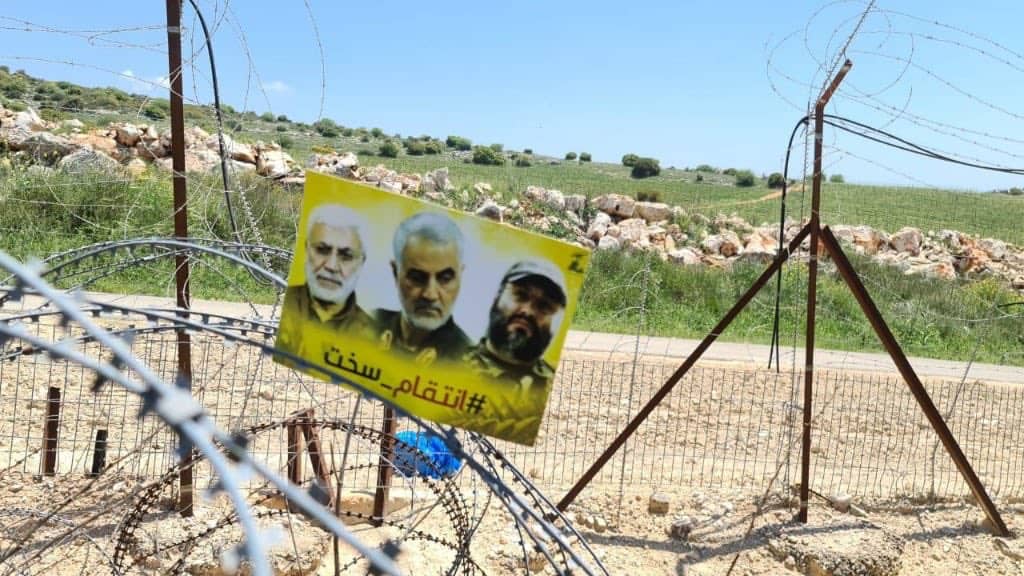
Recent warnings from Israel against Hezbollah’s military activity in southern Syria have elicited a response from the Iranian-backed group. The warning came in the form of an incident that occurred along the Lebanon-Israel border.
On the evening of April 20, Hezbollah operatives in southern Lebanon severed sections of the security fence that separates Lebanon and Israel’s border. After the IDF detected the sabotage, flares were launched over the Lebanese town of Meiss al Jabal, which is near one of the areas where the fence was cut. After an IDF investigation, it was found that three sections of the fence between the Israeli towns of Avivim and Metula were cut in an orchestrated effort.
It is worth noting that the section near Avivim is in the same area previously used by Hezbollah to fire an anti-tank guided missile, narrowly missing an IDF vehicle in September 2019.
As previously detailed in FDD’s Long War Journal, Israel recently sent overt warnings to Hezbollah regarding its activities in Syria. One of those warnings occurred April 15 when a missile struck near a vehicle carrying members of Hezbollah in the Syrian town of Jdaidit Yabws, near the Lebanese border. The occupants of the vehicle were able to exit safely, return to the vehicle, and grab duffel bags before a second missile destroyed the vehicle.
According to a report by The New York Times, the vehicle carrying the Hezbollah members “crossed from Lebanon into Syria, despite the border being closed because of the coronavirus pandemic, and had no license plates.”
The report further elaborated saying “A senior Hezbollah operative, Imad Kraimi, was in the car, according to the member of the pro-Iran regional alliance and the senior Middle Eastern official who, like other officials interviewed for this article, spoke on condition of anonymity to discuss intelligence matters. Mr. Kraimi works with a Hezbollah unit in charge of smuggling sophisticated weapons, the intelligence official said.”
If The New York Times report is correct, the attack in Syria highlights Israel’s ability to track and conduct an intelligence operation against Hezbollah members in a foreign country. It also bolsters the assessment made by Long War Journal that the objective behind the strike may have been to thwart the smuggling of precision guided missile components from Iran to Hezbollah in Lebanon.
The warnings between Israel and Hezbollah are calculated and precise steps to ensure a message gets across without sparking a conflict. This is likely the reason why Israel gave Hezbollah members time to escape the vehicle before destroying it. And in turn, two days after the drone strike, Hezbollah sent its own message by showing Israel that it has the capability to simultaneously infiltrate through multiple points along its border.
A caveat to the warnings by Israel is the threat of an imminent attack against it. In August 2019, the IDF conducted an operation in Syria against Hezbollah which resulted in the deaths of two of its fighters. According to the IDF, the reason for the airstrikes was to stop an attack that was being planned against northern Israel by the IRGC-trained Hezbollah fighters.
Despite the recent uptick of incidents between Israel and Hezbollah, both sides have kept within the bounds of the the status quo. However, if Iran continues to supply precision guided missile components to Hezbollah, the potential for military conflict between the two adversaries remain high.







